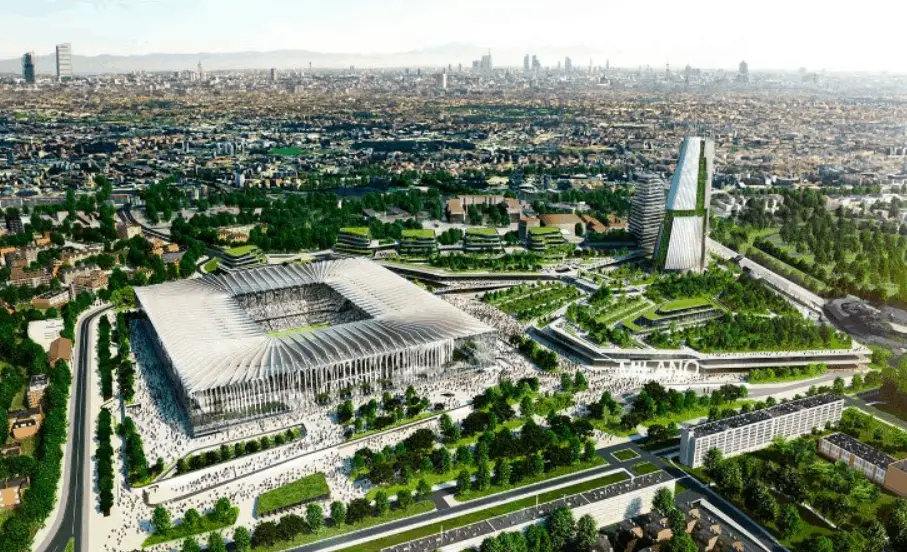This place really breathes football, so make sure to check out these interesting facts about San Siro, one of the most famous football stadiums in Europe.
It came as a real shocker to learn that the plans to demolish San Siro are very real. This will effectively make one of football’s (or soccer in 9 countries) greatest Italian sports temples disappear.
Luckily, this post will keep its memory alive forever, so let’s get to it!
1. It’s named after its location in Milan
So why is the stadium commonly referred to as San Siro? That’s simply because it was built in the San Siro district in Milan, a major city in the north of Italy.
The district is located about 5 kilometers to the northwest of the city center. Apart from housing several other sports complexes, the district is famous for housing the most important horse-racing track in the city.
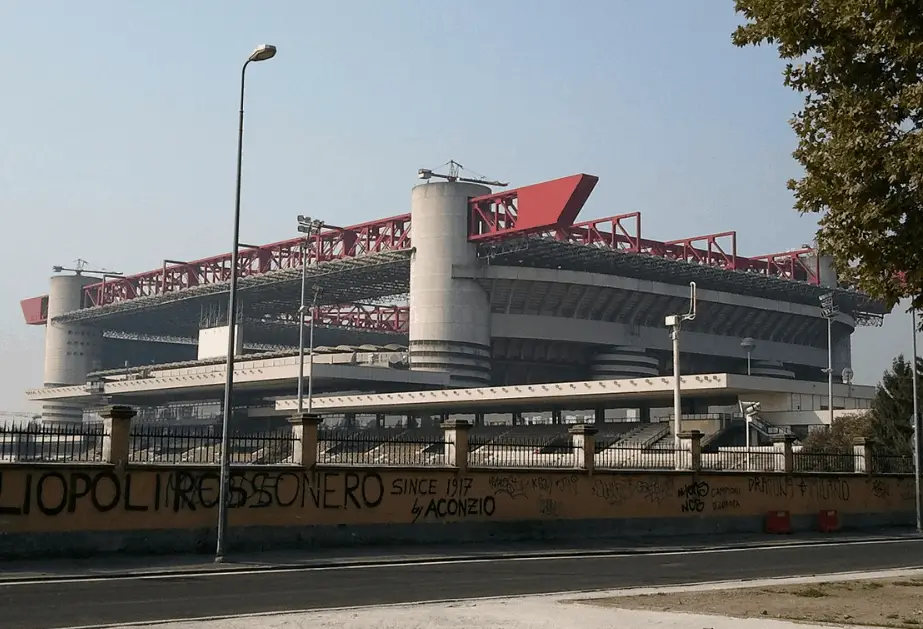
2. It has another official name
Even though the stadium is commonly known as “San Siro,” the stadium is officially known as the “Stadio Giuseppe Meazza.”
The original name of the stadium when it as constructed was the “Nuovo Stadio Calcistico San Siro” (San Siro New Football Stadium). That’s a mouthful so this was shortened to simply the “San Siro.”
It wasn’t until March 2, 1980, that the stadium was renamed after one of the most famous footballers in Milan history, Giuseppe Meazza, who had died a year earlier. He played for both clubs (only briefly for AC Milan) and was the manager of Inter two times as well.
For a period of time, Inter fans referred to the stadium as simply the “Meazza” because the man had much closer ties to Inter Milan than AC Milan.

3. It’s the 4th largest stadium in Europe
The stadium has a seating capacity of 75,923 which makes it the 4th biggest stadium in Europe if we don’t include national stadiums such as Wembley or the Stade de France.
Only the Camp Nou of FC Barcelona, the Westfalenstadion of Borussia Dortmund, and the Santiago Bernabéu of Real Madrid have a higher capacity than the San Siro Stadium.
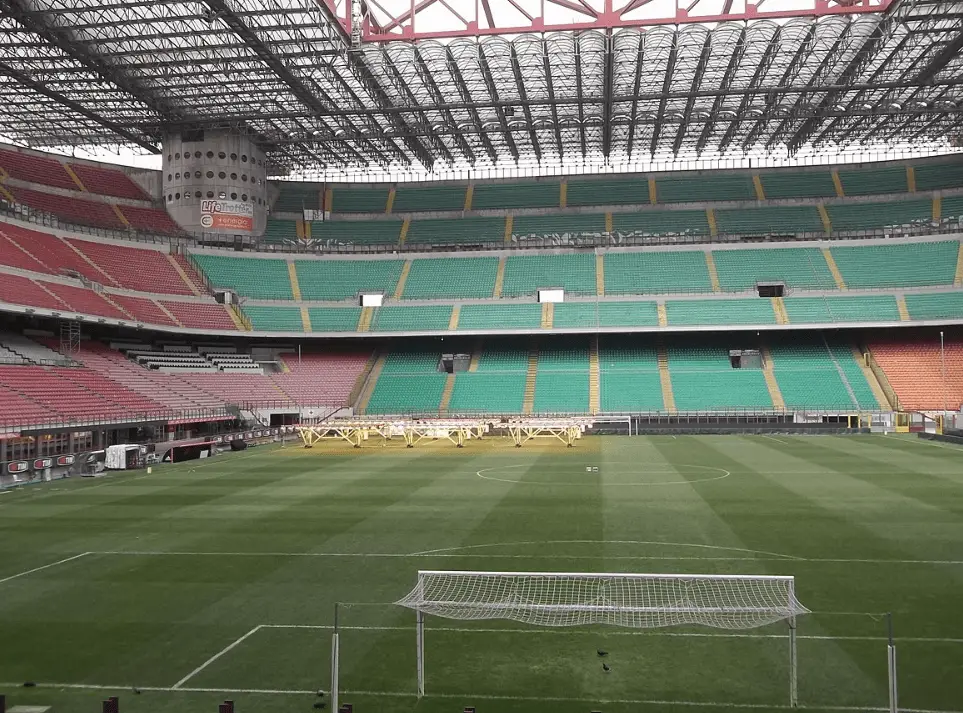
4. San Siro was built in the 1920s
One of the most remarkable facts about San Siro is that the stadium was built in the San Siro district because the president of AC Milan at the time, Piero Pirelli, owned the horse-track located in this district of the city. That made it quite easy to find the proper location for the new stadium.
Construction of the stadium started in 1925 and was completed just a year later. The stadium has always been a stadium only for football (meaning there was no athletics track around it) and could hold 35,000 people upon completion and cost a total of 5 million Lire to construct.
It’s fair to conclude that the stadium didn’t look anything like the massive football temple it would eventually become in the 1920s.
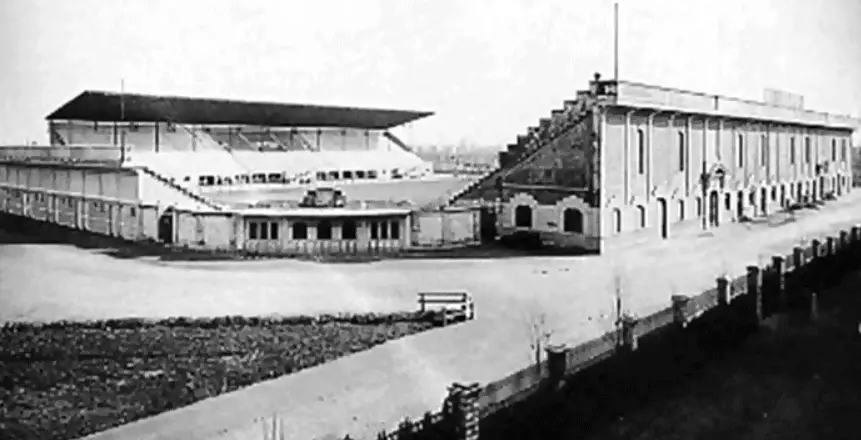
5. The first game at the stadium saw Inter trash AC Milan
The stadium was officially inaugurated with a game between the two Milanese rivals, AC Milan and Internazionale, on September 19, 1926. Because the stadium was owned by AC Milan in the first decades, AC Milan was basically the home team during this match.
The game was a humiliating event for the home team because they were defeated with 3-6, not a day they would like to remember.
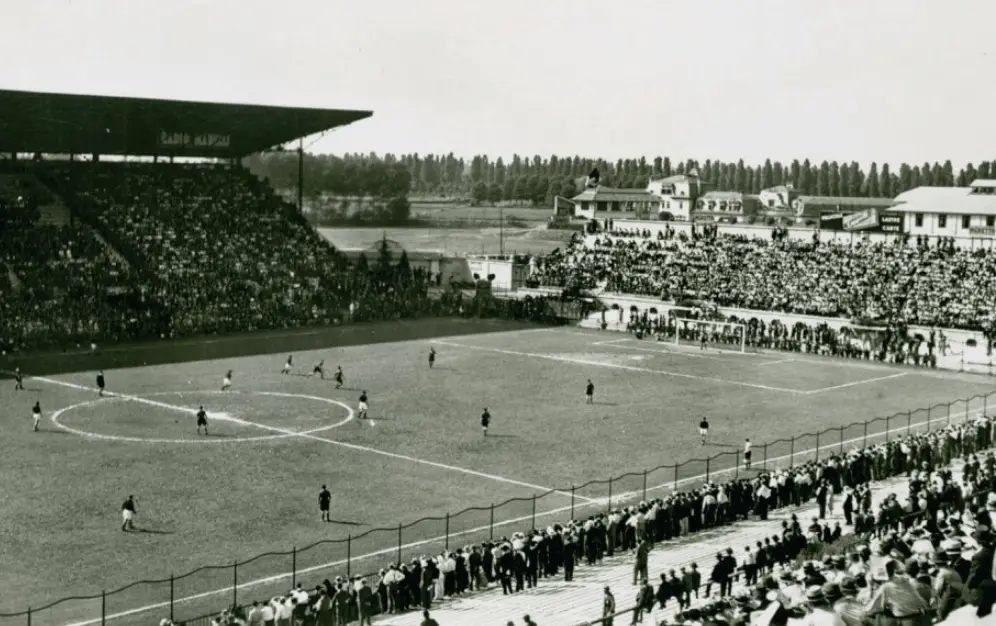
6. The city of Milan purchased the stadium in 1935
The stadium was purchased by the city of Milan and underwent its first expansion in the year 1935. The 4 curves were built and a new ring was added to some of the existing stands.
This expansion phase brought the total capacity to 55,000 spectators.
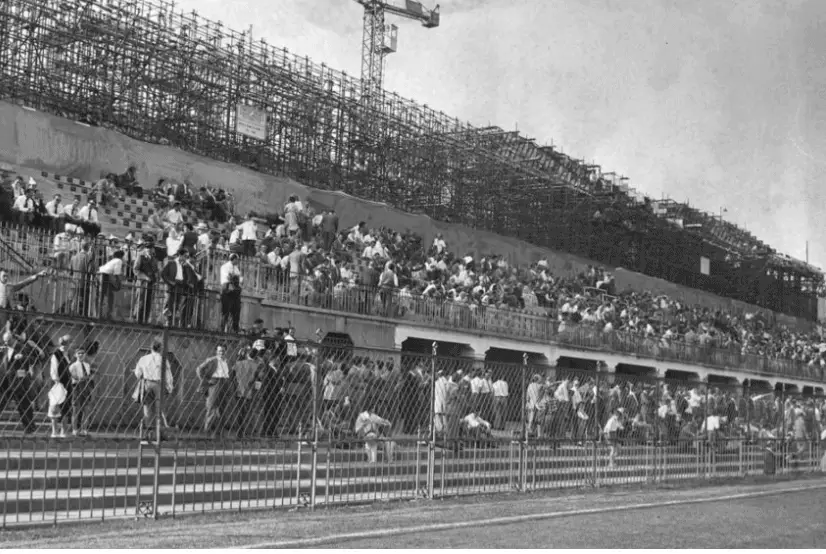
One of the most interesting facts about San Siro is that it used to be the enemy ground for over 2 decades for Inter Milan. It wasn’t until the year 1947 that both Milanese clubs shared San Siro for their home games.
Before this, Inter Milan had played their home games in the “Arena Civica,” which is located in the Downtown area of Milan, and which had become too small.
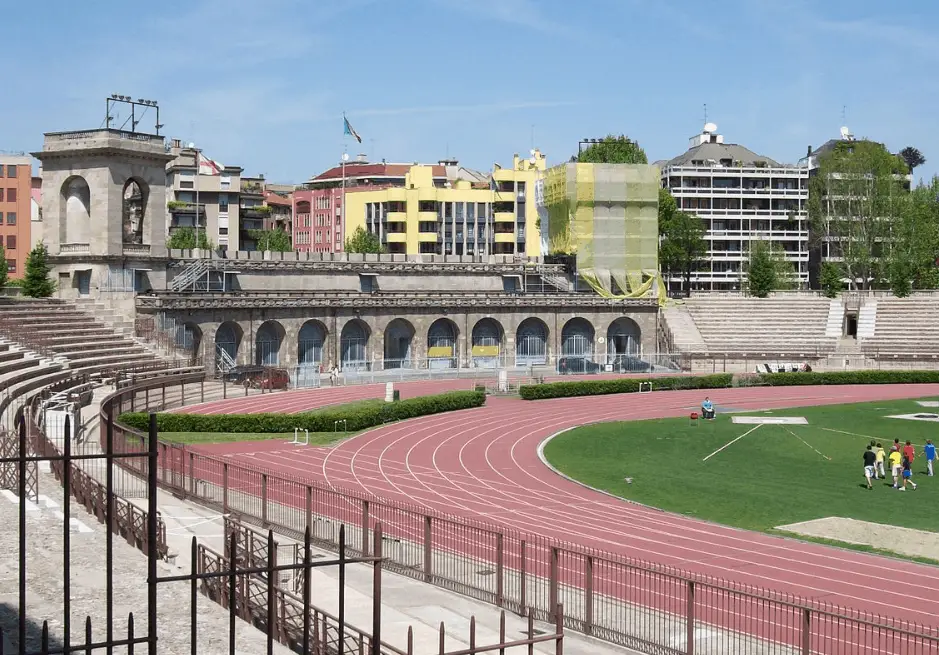
8. The capacity was supposed to be 150,000 at one point
With 2 of Italy’s biggest clubs now playing at the San Siro, the stadium became too small once again and the most extensive expansion phase was planned as early as 1948.
The original plan was a bit too ambitious because the architects aimed to increase the capacity of the stadium from 55,000 to 150,000! The plan was to include an additional third ring to all the existing stands.
This plan was abandoned and only the second ring was built which reduced the capacity to 100,000 spectators, which was further reduced to 60,000 seats and 25,000 standing for safety reasons, bringing the capacity in 1955 to 85,000 spectators.
This expansion was followed by a night lighting system in 1957 and the introduction of an electronic scoreboard in 1967.
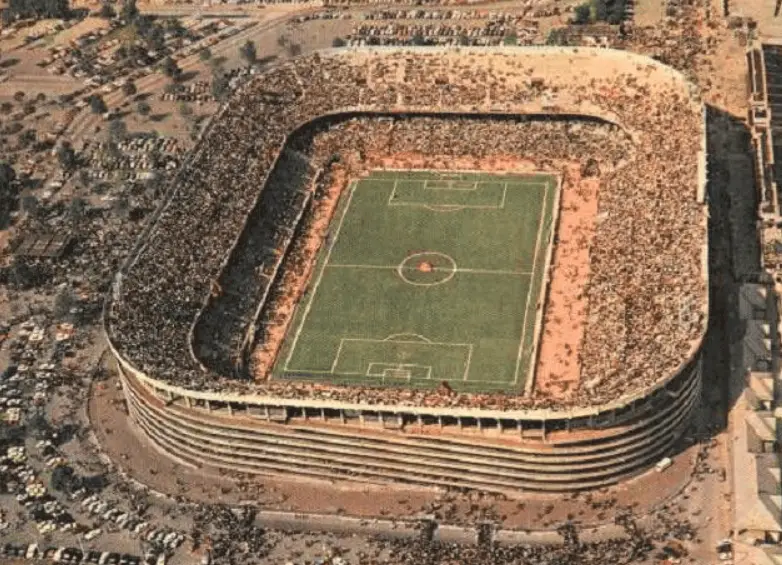
9. The final renovation was for the 1990 World Cup
Between 1987 and 1990, the most significant renovation took place, not in terms of capacity but the appearance of the stadium.
3 of the stadium’s stands got an extra ring built on top of the two existing rings, and the old stadium was completely modernized and consisted of a total of 85,700 seats (the standing sections were removed).
The cost of this renovation project, which was completed before the FIFA World Cup of 1990, was a whopping $60 million and made San Siro one of the most iconic football temples in the world.
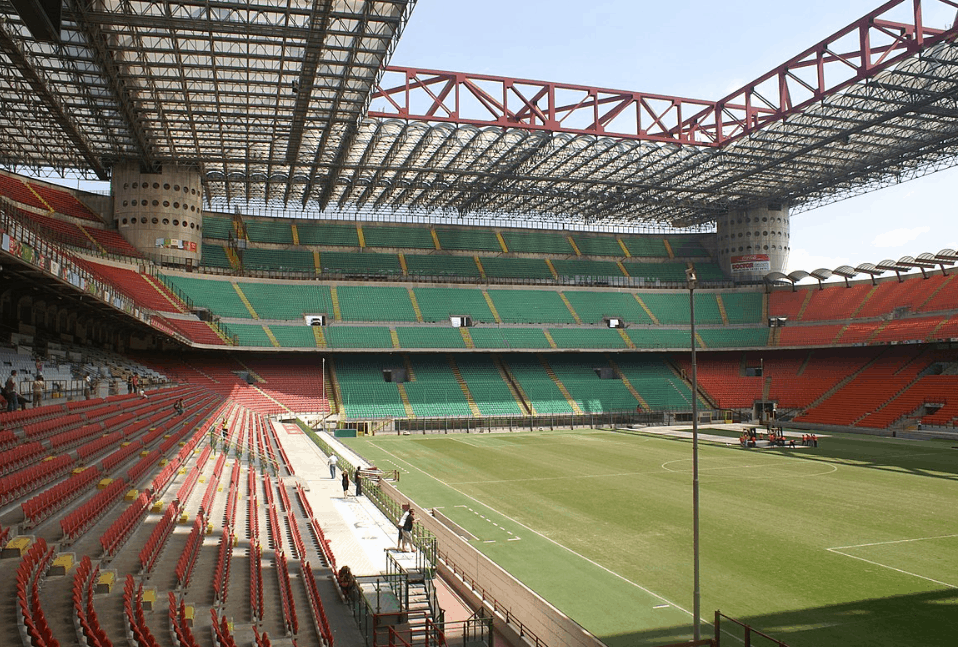
10. San Siro’s most prominent feature is its towers
To support the third ring on the 3 stands (excluding the east stand), 11 massive towers were built. This gives San Siro its iconic look from both outside and inside the stadium.
4 of these 11 towers were built to support the newly built roof as well, so these are clearly visible from inside the stadium.
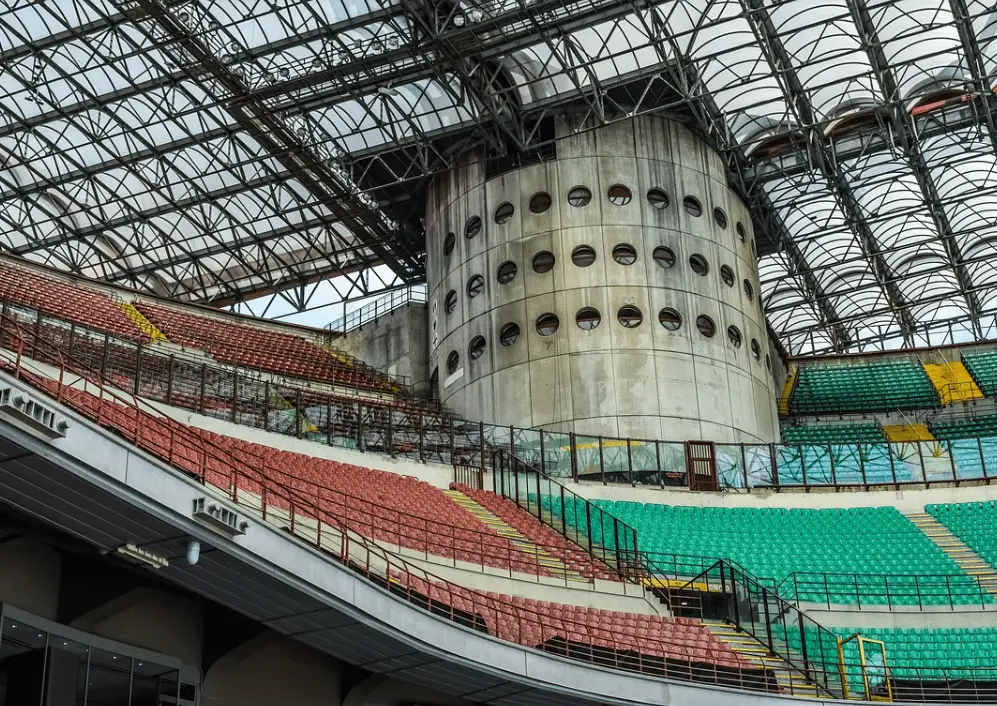
11. It has hosted 5 European Cup and 2 Champions League Finals
Apart from hosting 3 games at the 1934 FIFA World Cup, 6 games at the 1990 FIFA World Cup, and 3 games at the UEFA Euro 1980, the stadium has hosted multiple European Cup Finals as well.
It hosted the European Cup finals of 1965 (won by Inter) and 1970 (won by Feyenoord), as well as a leg of the European Cups of 1991, 1994, 1997, when Inter reached the finals and the final as played in 2 legs.
The most important game in European club football, the UEFA Champions League final, was hosted at the San Siro in 2001 (won by FC Bayern Munich) and 2016 (won by Real Madrid) as well.
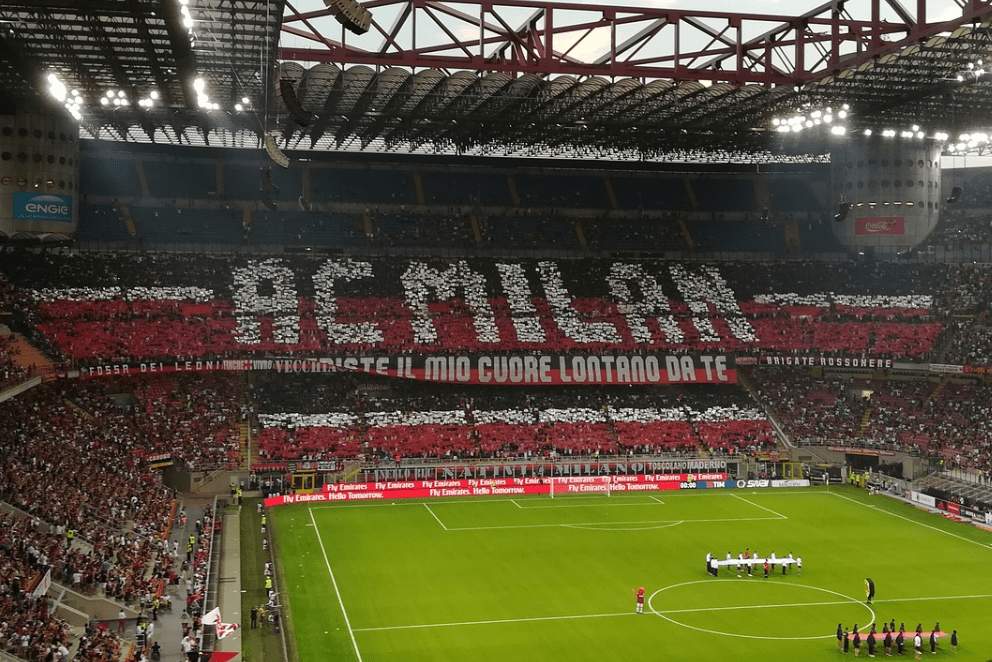
12. The stadium is home to an Inter and AC Milan museum
Just as many other famous football stadiums of prestigious clubs in Europe, such as Old Trafford of Manchester United, the San Siro is home to a museum and offers a tour for visitors.
The museum paints a complete picture of the history of both AC and Inter Milan, and as a bonus, it also houses the shirts of the Italian World Cup team (the “Azzurri”) of the 1982 and 2006 World Cup.
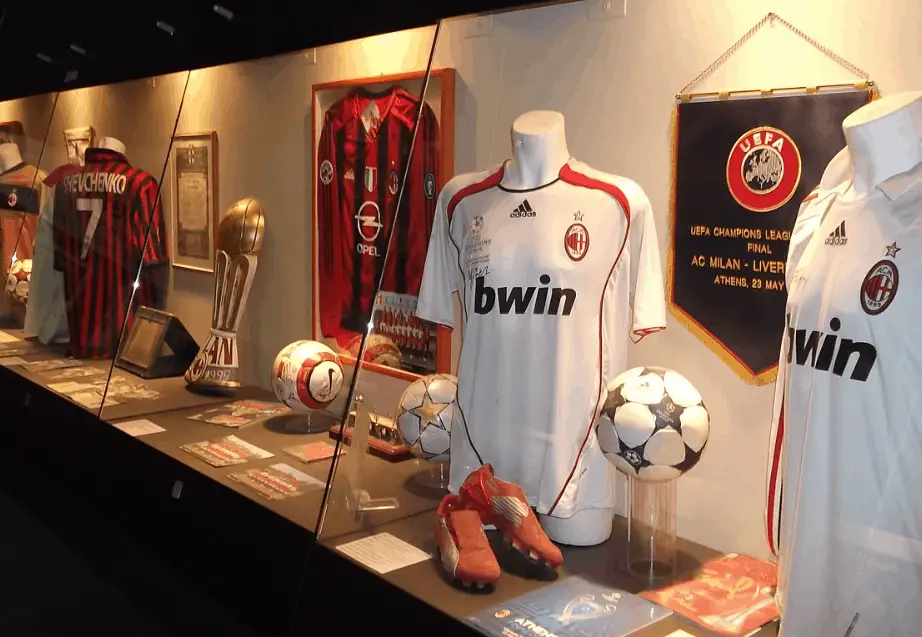
13. San Siro has been the venue for numerous big concerts
Apart from a single boxing match in 1960 and a single Rugby Match in 2009, the San Siro Stadium is most prominently used for football matches and major concerts. Ever since the 1980s, it has been the venue of some of the biggest concerts in Italy.
One of the coolest facts about San Siro is that the first-ever concert to be held here was by Bob Marley and the Wailers during their Uprising Tour on June 27, 1980.
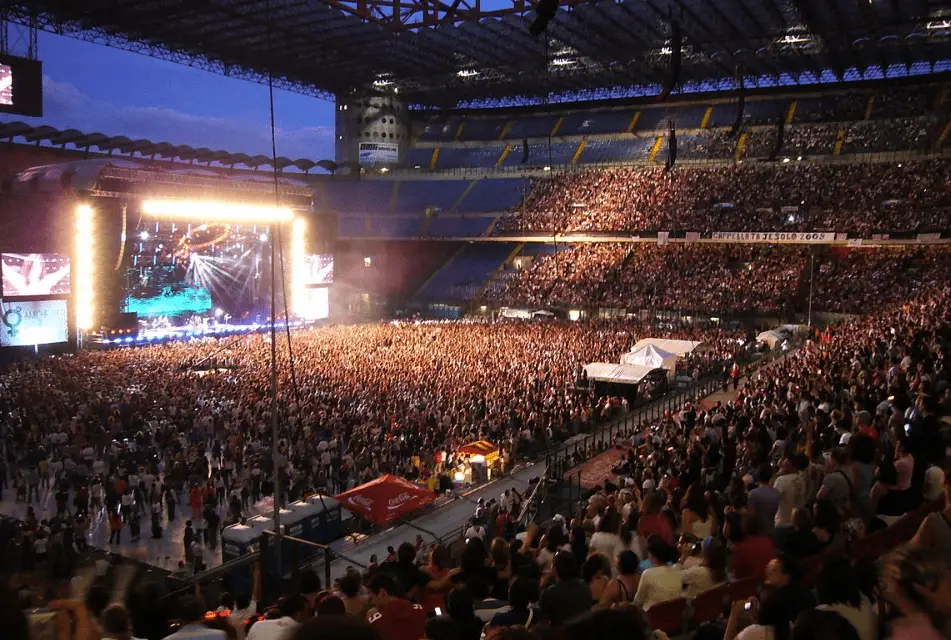
14. San Siro will be demolished
As it stands, San Siro will be demolished, even though both the mayor of Milan, Giuseppe Sala, and several supporter groups of Inter and AC Milan have requested the stadium to be kept intact until the 2026 Winter Olympics and Winter Paralympics.
These events will be held in Milan that year and are used as an angle to keep the stadium standing for a couple more years.
Unfortunately, on May 22, 2020, Italy’s heritage authority has given the green light for the stadium to be demolished so it’s still to be seen whether or not the stadium will still stand in 2026.
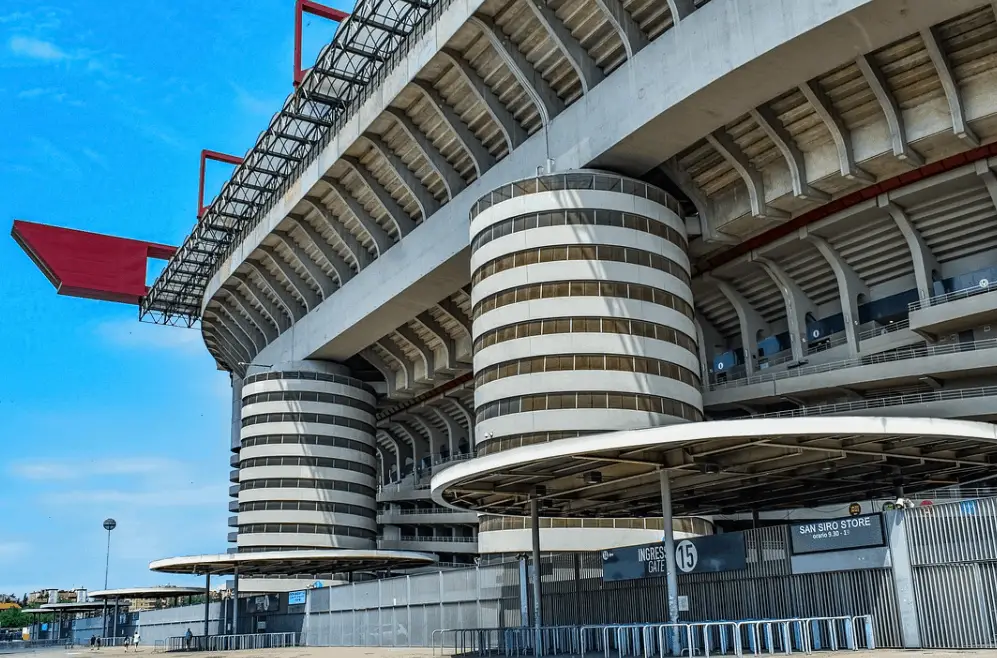
15. The new stadium will resemble a stadium in Atlanta
It must have been one of the worst days for numerous supporters of both AC and Inter Milan, but on June 24, 2019, the management of both clubs announced that they had plans to demolish the San Siro Stadium.
This was quickly followed by the news that they had plans to build a completely new stadium that would cost about USD 800 million and would resemble the Mercedes-Benz Stadium in Atlanta, Georgia, United States.
The new temple, which will be built right next to the San Siro Stadium, will be able to hold 60,000 spectators and should be completed for the 2022-2023 stadium.
Is this a good idea? Should they have just modernized the San Siro Stadium such as FC Barcelona will do with Camp Nou or Real Madrid with the Bernabéu?
Only time will tell…
